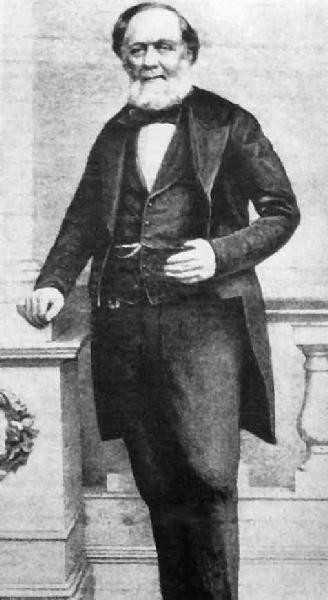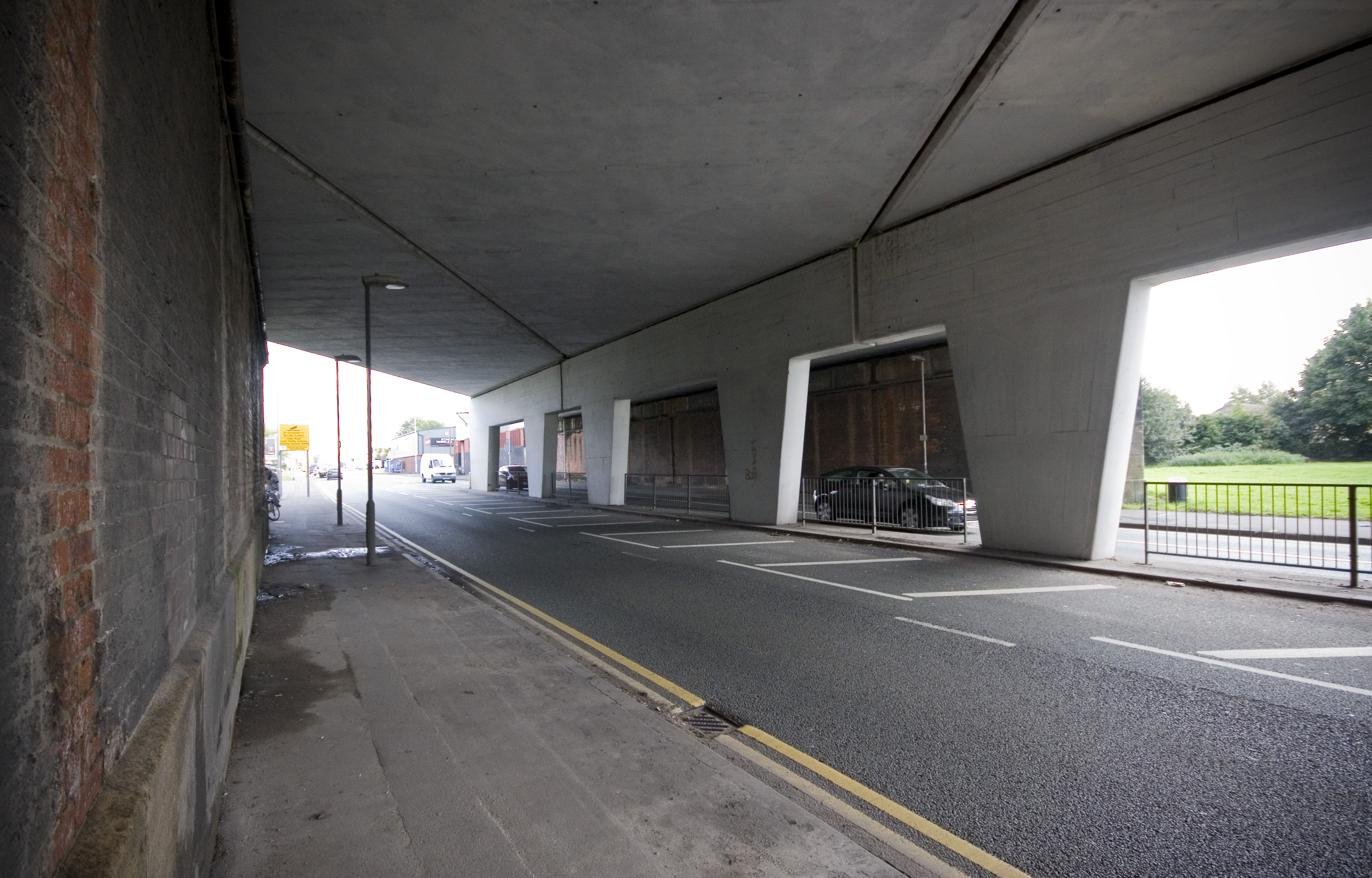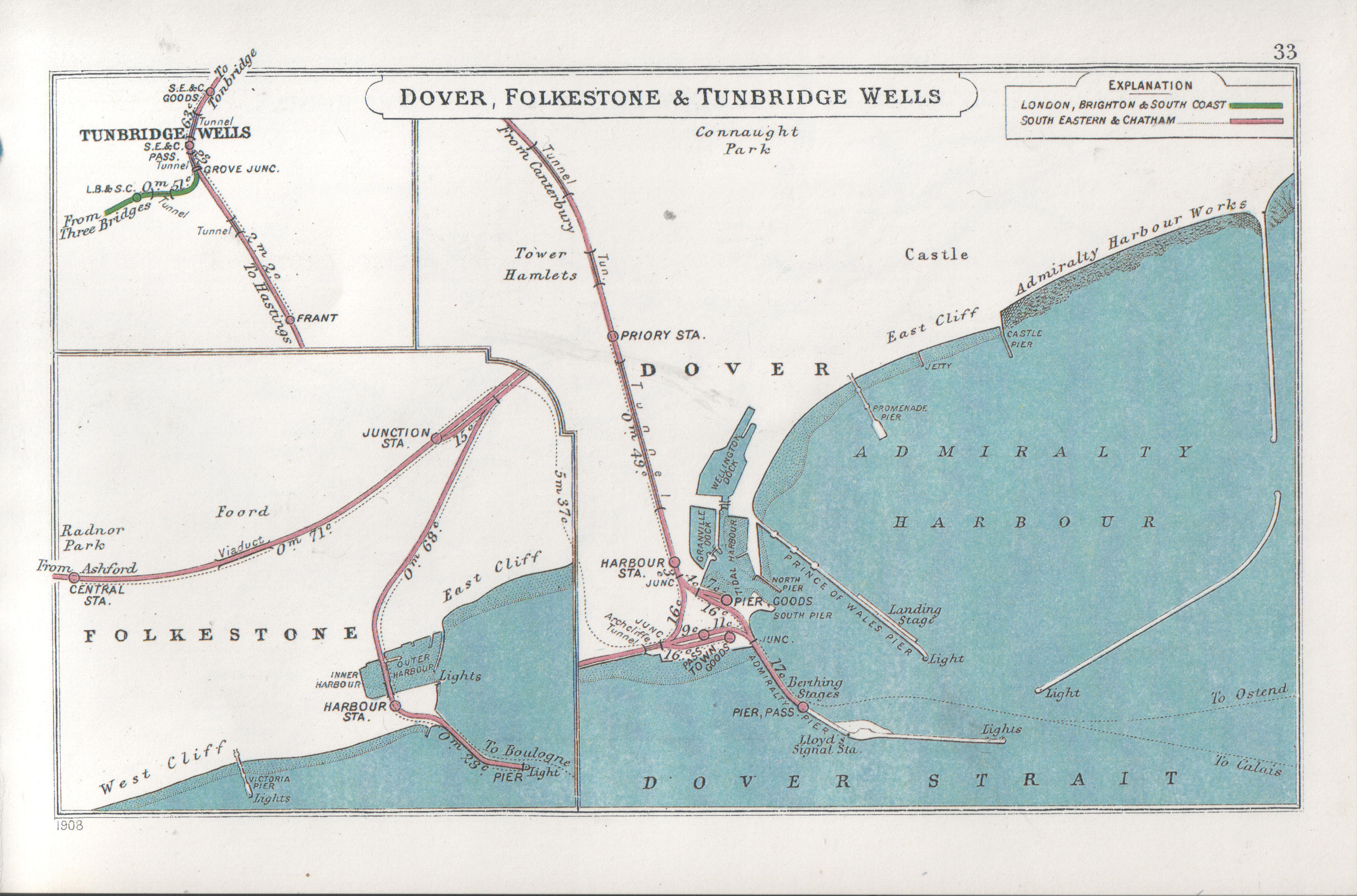|
William Calcraft
William Calcraft (11 October 1800 – 13 December 1879) was a 19th-century English hangman, one of the most prolific of British executioners. It is estimated in his 45-year career he carried out 450 executions. A Shoemaking, cobbler by trade, Calcraft was initially recruited to flog juvenile offenders held in Newgate Prison. While selling meat pies on streets around the prison, Calcraft met the City of London's hangman, John Foxton. After Foxton's death in 1829 the government appointed Calcraft the official Executioner for the City of London and Middlesex. Following this, his executioner services were in great demand throughout England. Nevertheless, some considered Calcraft incompetent, in particular for his controversial use of the Hanging#Short drop, short-drop hanging method in which the condemned were slowly strangled to death, instead of having their necks broken. Because with Calcraft's methods the condemned took several minutes to die, to hasten death Calcraft ... [...More Info...] [...Related Items...] OR: [Wikipedia] [Google] [Baidu] |
Reading Gaol
HM Prison Reading, popularly known as Reading Gaol, is a former prison located in Reading, Berkshire, England. The prison was operated by His Majesty's Prison Service until its closure at the start of 2014. It is a Grade II listed building and sits on the site of Reading Abbey. History HM Prison Reading was built in 1844 as the Berkshire County Gaol in the heart of Reading on the site of the former county prison, alongside the ruins of Reading Abbey and beside the River Kennet. Designed by George Gilbert Scott and William Boynthon Moffatt, it was based on London's New Model Prison at Pentonville with a cruciform shape, and is a good example of early Victorian prison architecture. The Pentonville Prison design of 1842 was based on the design of Eastern State Penitentiary of 1829 in Philadelphia, Pennsylvania. It was designed to carry out what was the very latest penal technique of the time, known as the separate system. As a county gaol, its forecourt served as the site for ... [...More Info...] [...Related Items...] OR: [Wikipedia] [Google] [Baidu] |
Maidstone Gaol
HM Prison Maidstone is a Category C men's prison, located in Maidstone, Kent, England. The prison is operated by His Majesty's Prison Service. History Maidstone Prison is one of the oldest penal institutions in the United Kingdom, having been in operation for over 200 years. Originally serving as a county jail, Maidstone was converted to a prison during the 1740s. During his visits to the prison, reformer John Howard reported poor living conditions at the prison including overcrowding and poor ventilation. However, conditions would remain unchanged until a reconstruction of the prison took place under the supervision of Daniel Asher Alexander, who had worked on the construction of Dartmoor Prison, lasting from 1811 until its completion in 1819 at a cost of £200,000. Also involved in the design of Maidstone Prison was Kent architect John Whichcord Snr, who was Surveyor to the County of Kent from the 1820s. Mr Whichcord is probably best known for designing the Kent County Lunat ... [...More Info...] [...Related Items...] OR: [Wikipedia] [Google] [Baidu] |
Manchester Martyrs
The "Manchester Martyrs" () is a term used by Irish nationalists to refer to three men—William Philip Allen, Michael Larkin and Michael O'Brien—who were executed following their conviction of murder in 1867 after an attack on a police van in Manchester, England, in which a police officer was accidentally shot dead, an incident that was known at the time as the "Manchester Outrages". The three were members of the Irish Republican Brotherhood, also known as the Fenians, an organisation dedicated to ending British rule in Ireland, and were among a group of 30–40 Fenians who attacked a horse-drawn police van transporting two arrested leaders of the Brotherhood, Thomas J. Kelly and Timothy Deasy, to Belle Vue Gaol. Police Sergeant Charles Brett, travelling inside with the keys, was shot and killed while looking through the keyhole of the van as the attackers attempted to force the door open by shooting the lock. Kelly and Deasy were released after another prisoner in the ... [...More Info...] [...Related Items...] OR: [Wikipedia] [Google] [Baidu] |
Fenian Brotherhood
The Fenian Brotherhood () was an Irish republican organisation founded in the United States in 1858 by John O'Mahony and Michael Doheny. It was a precursor to Clan na Gael, a sister organisation to the Irish Republican Brotherhood (IRB). Members were commonly known as " Fenians". O'Mahony, who was a Gaelic scholar, named his organisation after the Fianna, the legendary band of Irish warriors led by Fionn mac Cumhaill. Background The Fenian Brotherhood trace their origins back to 1790s, in the rebellion, seeking an end to British rule in Ireland initially for self-government and then the establishment of an Irish Republic. The rebellion was suppressed, but the principles of the United Irishmen were to have a powerful influence on the course of Irish history. Following the collapse of the rebellion, the British Prime Minister William Pitt introduced a bill to abolish the Irish parliament and manufactured a Union between Ireland and Britain. Opposition from the Protestant oliga ... [...More Info...] [...Related Items...] OR: [Wikipedia] [Google] [Baidu] |
Frances Kidder
Frances Kidder (c. 1843 – 2 April 1868) was the last woman to be publicly hanged in Britain. She was convicted of murdering her stepdaughter, Louisa Kidder-Staples. Crime In 1865 Frances Turner married William Kidder, the father of her illegitimate child. She discovered only afterwards that he had another child, Louisa. A neighbour reported that when her husband was away, he could often hear Kidder beating her new stepdaughter. In August 1867, Kidder was visiting her parents at New Romney. She took Louisa (then aged eleven) out on a walk, but returned to the house alone, claiming that the girl had fallen accidentally into a ditch. Her mother and husband found her behaviour suspicious, and she was quickly taken into police custody. A search was made for Louisa, whose body was soon found lying in a pool of water in a ditch. Kidder was remanded in custody until her trial could take place at the Kent Spring Assize, where she was convicted of murder on 12 March 1868. During the tria ... [...More Info...] [...Related Items...] OR: [Wikipedia] [Google] [Baidu] |
Horsemonger Lane Gaol
Horsemonger Lane Gaol (also known as the Surrey County Gaol or the New Gaol) was a prison close to present-day Newington Causeway in Southwark, south London. Built at the end of the 18th century, it was in use until 1878. History The gaol was built to replace the old county gaol housed at what had been the nearby 'White Lion Inn' on Borough High Street, Southwark (informally called the 'Borough Gaol'). The new building was designed by George Gwilt the Elder, surveyor to the county of Surrey, and completed in 1799. It was adjacent to Sessions House, a court building also designed by Gwilt. Horsemonger Lane remained Surrey’s principal prison and place of execution up to its closure in 1878. It was a common gaol, housing both debtors and criminals, with a capacity of around 300 inmates. In total, 131 men and four women were executed there between 1800 and 1877, the gallows being erected on the flat roof of the prison's gatehouse. By 1859, the gaol was no longer known as 'Horsemo ... [...More Info...] [...Related Items...] OR: [Wikipedia] [Google] [Baidu] |
Lord William Russell
Lord William Russell (20 August 1767 – 5 May 1840) was a member of the British aristocratic Russell family and longtime Member of Parliament. He did little to attract public attention after the end of his political career until, in 1840, he was murdered in his sleep by his valet. Life Russell was the posthumous child of Francis Russell, Marquess of Tavistock, eldest son of John Russell, 4th Duke of Bedford. He was the youngest brother of Francis Russell, 5th Duke of Bedford, and John Russell, 6th Duke of Bedford, and uncle of Francis Russell, 7th Duke of Bedford. Russell married Lady Charlotte Villiers, eldest daughter of George Bussy Villiers, 4th Earl of Jersey, on 11 July 1789; they had seven children. Lady Charlotte died in 1808. As was mentioned in evidence at the trial of his murderer, Russell had a locket containing some of his wife's hair, which he valued greatly. ''The Times'', reporting on proceedings where Russell's eligibility to register as a voter in Middlesex and ... [...More Info...] [...Related Items...] OR: [Wikipedia] [Google] [Baidu] |
François Benjamin Courvoisier
François Benjamin Courvoisier (August 1816 – 6 July 1840) was a Swiss-born valet who was convicted of murdering his employer Lord William Russell in London, England, and hanged outside Newgate Prison on 6 July 1840. A crowd of around 40,000 witnessed his death, including Charles Dickens and William Makepeace Thackeray. Early life and career Courvoisier was born in the small village of Mont-la-Ville, Switzerland, in August 1816, the son of Abraham Courvoisier, a farmer. He was educated at the local village school, after which he assisted his father in farm duties, before moving to England in 1836. Based on evidence given at his trial in 1840, upon first arriving in England, for around a month, Courvoisier worked as a waiter at Madame Piolaine's ''Hotel du Port de Dieppe'' in Leicester Square, London. Through the assistance of his uncle, who was employed as a butler by an English baronet, he secured a position as a footman in the household of Lady Julia Lockwood. After seven m ... [...More Info...] [...Related Items...] OR: [Wikipedia] [Google] [Baidu] |
Maidstone (HM Prison)
HM Prison Maidstone is a Category C men's prison, located in Maidstone, Kent, England. The prison is operated by His Majesty's Prison Service. History Maidstone Prison is one of the oldest penal institutions in the United Kingdom, having been in operation for over 200 years. Originally serving as a county jail, Maidstone was converted to a prison during the 1740s. During his visits to the prison, reformer John Howard reported poor living conditions at the prison including overcrowding and poor ventilation. However, conditions would remain unchanged until a reconstruction of the prison took place under the supervision of Daniel Asher Alexander, who had worked on the construction of Dartmoor Prison, lasting from 1811 until its completion in 1819 at a cost of £200,000. Also involved in the design of Maidstone Prison was Kent architect John Whichcord Snr, who was Surveyor to the County of Kent from the 1820s. Mr Whichcord is probably best known for designing the Kent County Lunat ... [...More Info...] [...Related Items...] OR: [Wikipedia] [Google] [Baidu] |
Dover Priory Railway Station
Dover Priory railway station is the southern terminus of the South Eastern Main Line in England, and is the main station serving the town of Dover, Kent, the other open station being , on the outskirts. It is down the line from London Victoria. The station and all trains that serve the station are operated by Southeastern. This station is a 25 min walk away from the Ferry Port. History Dover Priory opened on 22 July 1861 as the temporary terminus of the London, Chatham & Dover Railway (LCDR). It became a through station on 1 November 1861, with the completion of a tunnel through the Western Heights to gain access to the Western Docks area, where LCDR created Dover Harbour station The station was known as Dover Town but was renamed in July 1863 (leading to rival SER to adopt the name for one of its Dover stations). In 1868 stationmaster Edward Walsh(e) was murdered by 18-year-old Thomas Wells, a porter for the LCDR, after having rebuked him for poor work. Wells was convicte ... [...More Info...] [...Related Items...] OR: [Wikipedia] [Google] [Baidu] |
Clerkenwell Outrage
The Clerkenwell explosion, also known as the Clerkenwell Outrage, was a bombing in London on 13 December 1867. The Irish Republican Brotherhood, nicknamed the "Fenians", exploded a bomb to try to free one of their members being held on remand at Clerkenwell Prison. The explosion damaged nearby houses, killed 12 people and caused 120 injuries. None of the prisoners escaped. The event was described by ''The Times'' the following day as "a crime of unexampled atrocity", and compared to the "infernal machines" used in Paris in 1800 and 1835 and the Gunpowder Treason of 1605. The bombing was later described as the most infamous action carried out by the Fenians in Britain in the 19th century. It enraged the public, causing a backlash of hostility in Britain which undermined efforts to establish home rule or independence for Ireland. Background The whole of Ireland had been under British rule since the end of the Nine Years' War in 1603. The Irish Republican Brotherhood was founde ... [...More Info...] [...Related Items...] OR: [Wikipedia] [Google] [Baidu] |



.jpg)


